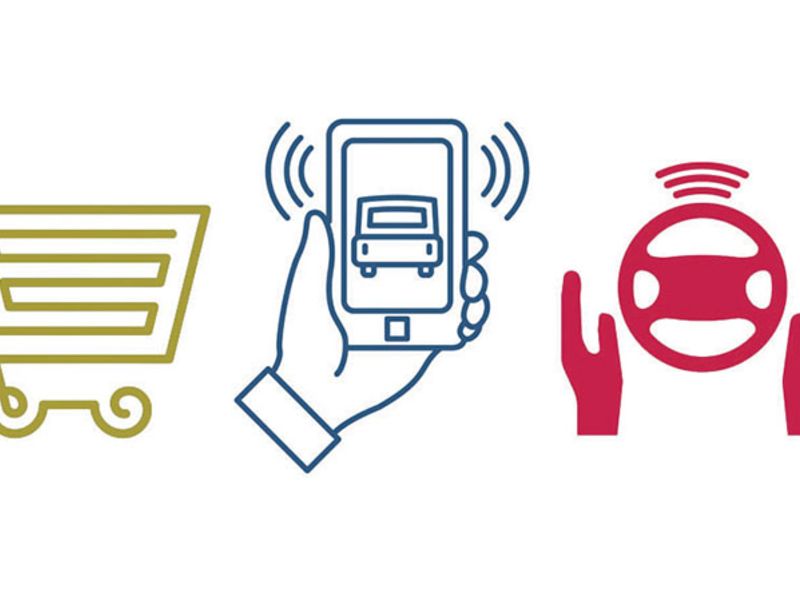
The coronavirus pandemic has created an opportunity to redefine transportation.
Some say we are in a “whiteboard” moment.
We heard from experts across the industry over the past several weeks about how they see mobility evolving post-pandemic.
“One of the big changes that we have to grapple with, both at the regional level but frankly across the country, is the role and future of public transit. … I’m a big believer that transit should be something that other innovations — whether from the private sector through a startup or some other initiative — plug into. I think COVID has really laid bare the funding challenges that transit systems across the country have, but it’s also laid bare that there are many in our community that still fundamentally rely on transit to get back and forth to their jobs. We can’t ignore that population. We can’t ignore the importance of public transit in this solution, but we do have to take some hard looks at exactly when and where and how transit is funded. That’s something that has been longstanding and remains. Perhaps we finally take the opportunity to make some of these structural changes moving forward. That’s not a given, that’s a choice that we still have to make.”
— Jessica Robinson, board chair of the Michigan Mobility Institute, on the Shift podcast
The pandemic “made folks realize that you can be successful in your job, business, by being less mobile or not requiring so much mobility consumption. It also enabled and encouraged folks to use climate-friendly mobility more frequently, like shared micromobility and owned micromobility, and it motivated cities to accelerate something that they would have had to do anyway, as in convert car lanes to bike lanes.
“How much is this pandemic actually going to change working habits, and if we work from home, how relevant is that going to be in the end? If there’s a combination where you were to go to work only a day a week, two days a week or so, it might reduce car ownership and car usage. It might also make folks move outside the cities again.”
— Kersten Heineke, partner leading the McKinsey Center for Future Mobility in Europe
“These kinds of mobility services are not going to be eliminated. They might transfer into something new, but they definitely are not going away. People, based on their demographics, are making decisions about how they choose their ride. Especially if we consider larger vehicles like public buses and subways and everything else — [even] months after COVID restrictions and concerns are lifted — the concern of going into large public vehicles may make some people choose Uber and Lyft and similar services to share rides between themselves and colleagues and people they know.”
— Zahra Bahrani Fard, transportation systems analyst at the Center for Automotive Research in Ann Arbor, Mich.
“If anything, this COVID experience for all of us has made it even more clear that the benefits of automation and automated vehicles of all sizes and types is something that we wish we had right now. I think it’s definitely given companies an opportunity to see that if anything — things like a global pandemic and how life still must go in these scenarios — automation technologies, and particularly automated vehicles and delivery robots, can significantly improve our lives while keeping us safe at the same time. Ironically, I think COVID has just underscored even further the potential, need and value for this kind of technology in a future, 21st-century world.”
— Jack Weast, senior principal engineer at Intel and vice president of automated vehicle standards at Mobileye, on the Shift podcast
“I see mobility becoming more and more diversified, and I think the pandemic, in fact, only sped up that process.
“I think what we’ll see is people are going to less and less identify as car drivers or cyclists or public transit users. You’re going to see people say, ‘I use all of those to get around my daily life. I use a car if I’m getting out of town. I use the bus if I’m going for a work thing. I use a scooter or a bike if I’m going grocery shopping.’ As people are rethinking their rides, they’re going to use any number of devices. And the goal over time is we want to give people the ability to have quick and easy access to any and all of those devices in one platform. … You’re going to see people using more different types of mobility, and as we work with cities, cities will change to accommodate those new mobility options.”
— Sam Sadle, senior director of government relations, North America, at shared mobility provider Lime